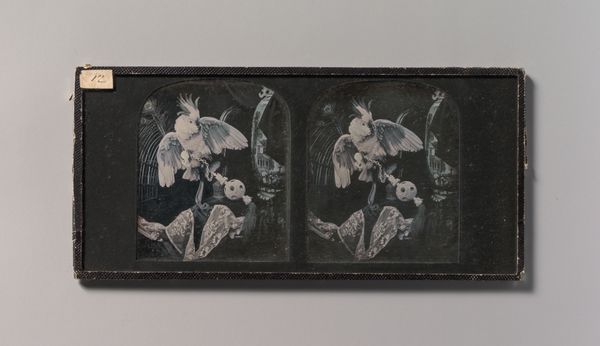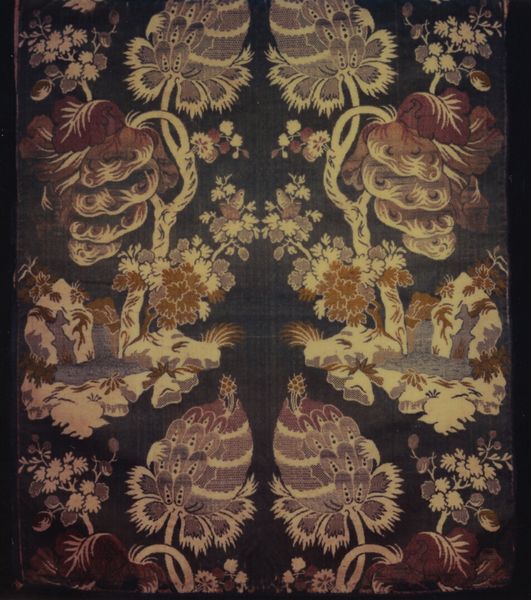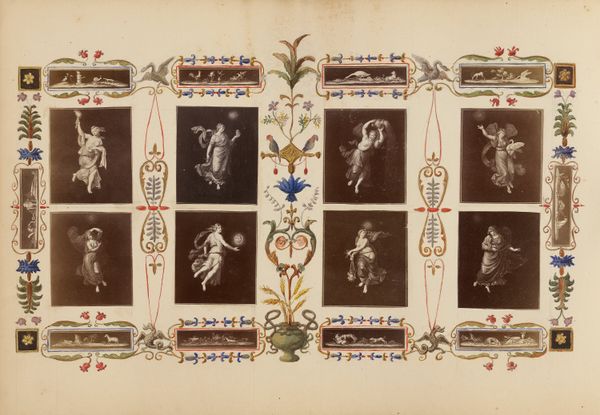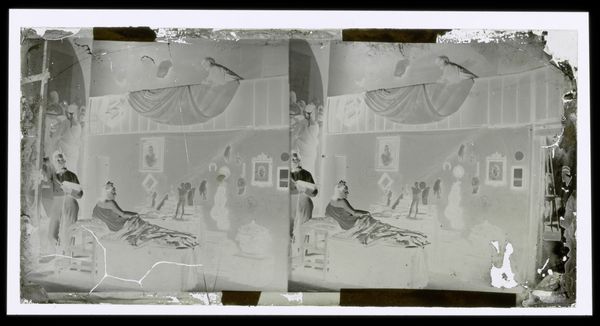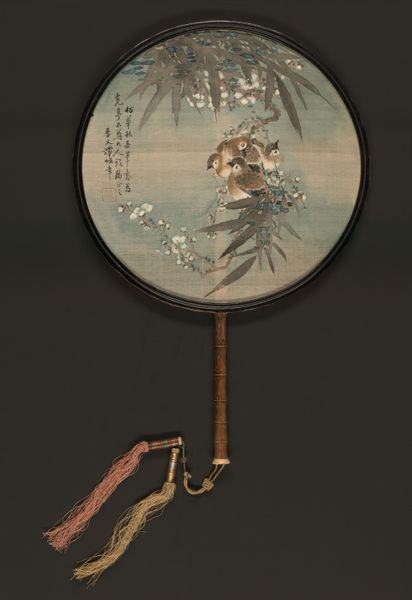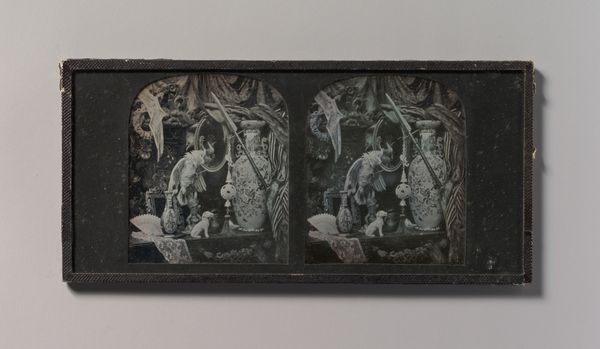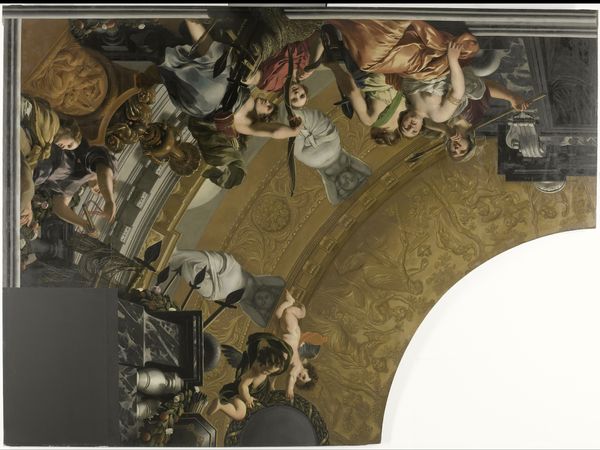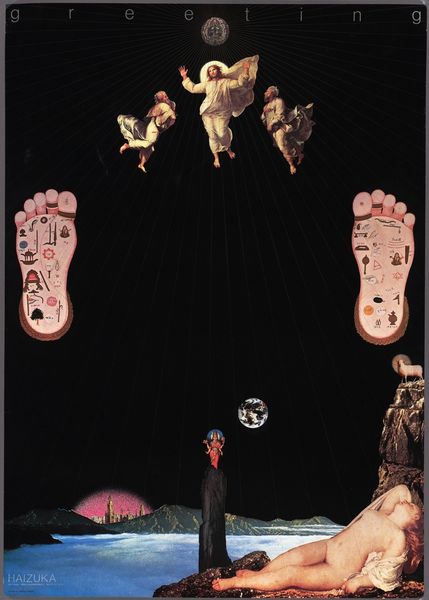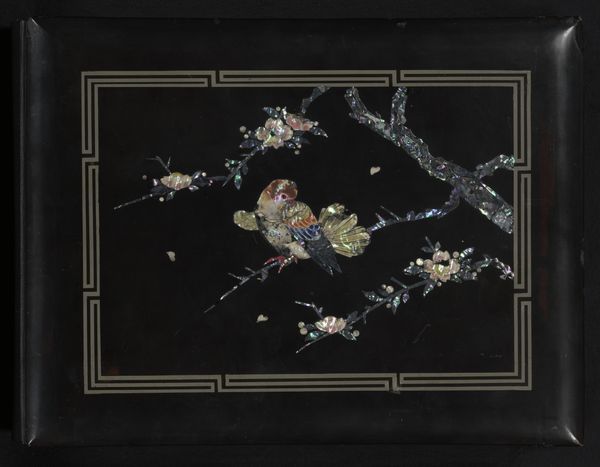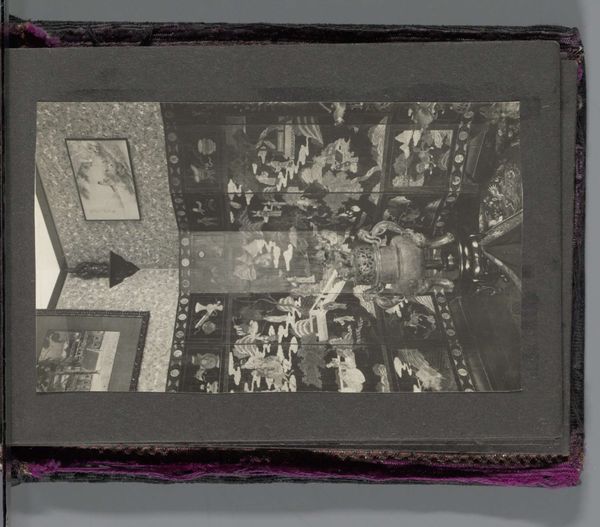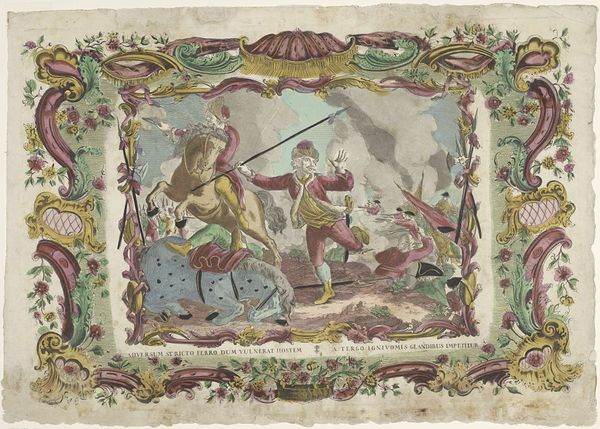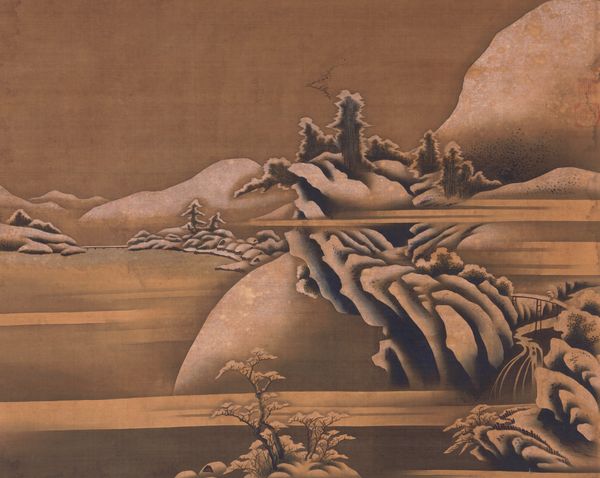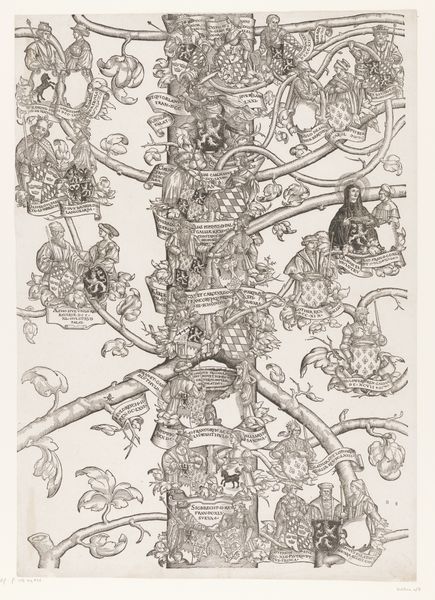
Lichtreclame op de gevel van het warenhuis Les Grands Magasins du Louvre, Parijs, vermoedelijk ontworpen door Fernand Jacopozzi 1922
0:00
0:00
photography, poster
#
art-deco
#
street-photography
#
photography
#
cityscape
#
poster
Dimensions: height 59 mm, width 129 mm
Copyright: Rijks Museum: Open Domain
Editor: This arresting photograph from 1922 captures the illuminated façade of Les Grands Magasins du Louvre in Paris, believed to be designed by Fernand Jacopozzi. The composition strikes me as both whimsical and carefully constructed. What aspects of its visual design stand out to you? Curator: Immediately, the binary oppositions command attention: the rigidity of the architectural setting contrasts starkly with the elaborate curves of the light display. This superimposition forces us to contemplate the interplay between structure and ornamentation. The graphic nature and relative two-dimensionality of the light structures recall painting more readily than modern advances in electric lighting might. The piece therefore acts to reify the store through light, which acts almost as illuminated marketing in a fashion both new and quite traditional. Editor: I see what you mean. It is hard to tell from this photograph if this image includes real objects beyond the lighting display. Can the photographic process also be playing with our perception of art objects? Curator: Yes, but the mechanical capturing through a photographic image still brings into question the art that composes this image. If we look beyond the obvious image presented, what kind of image is evoked by capturing the image of art through technology. Does the light itself become the object rather than the figures displayed in lights? Editor: Interesting points. Thinking about the role of photography definitely complicates how we perceive the art. Curator: Exactly! It's in navigating such visual and theoretical tensions that we truly appreciate its compositional nuances. Thanks for your thoughts!
Comments
No comments
Be the first to comment and join the conversation on the ultimate creative platform.
